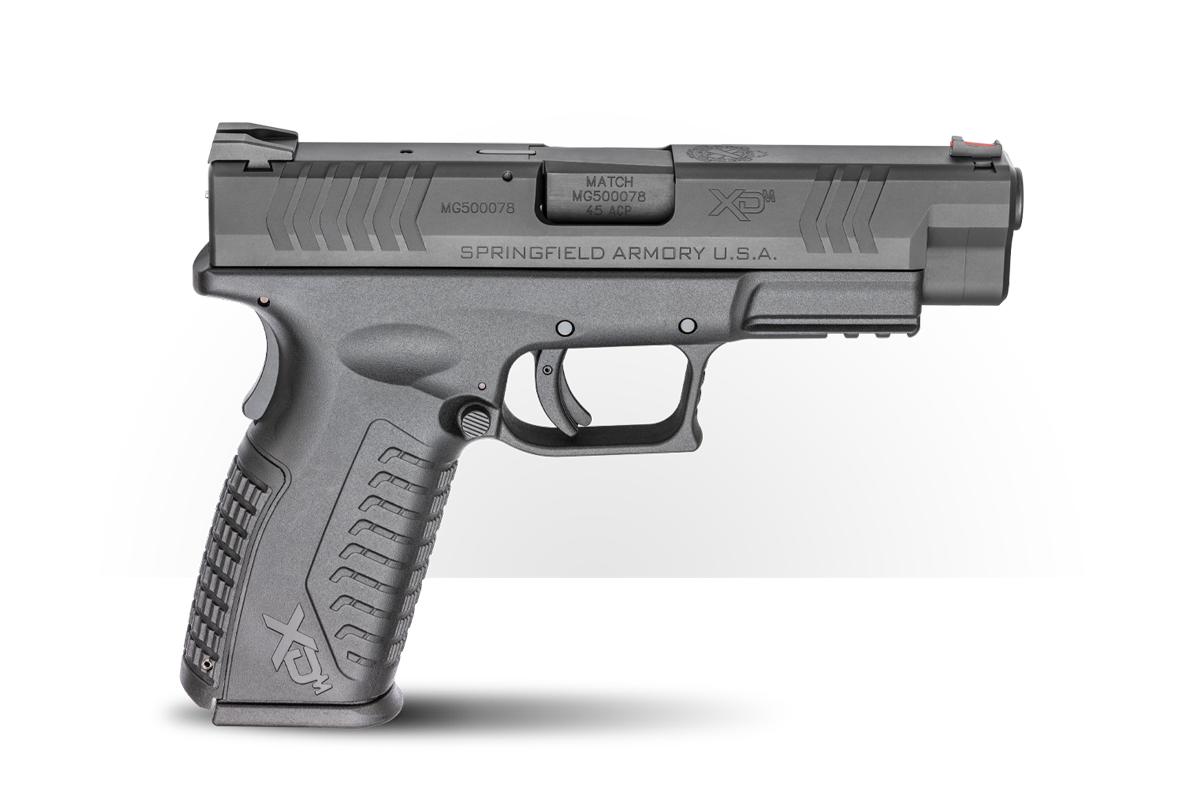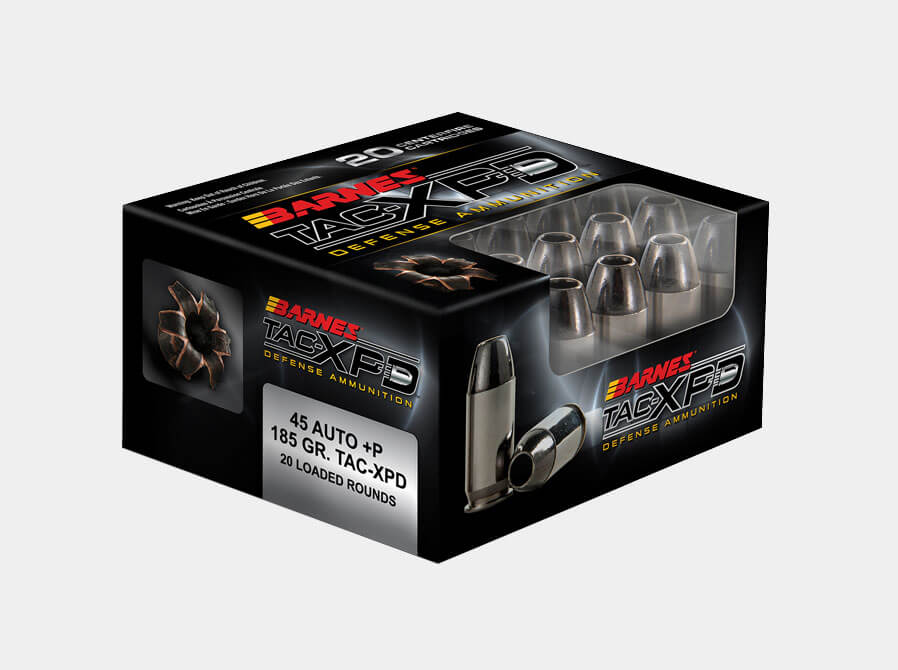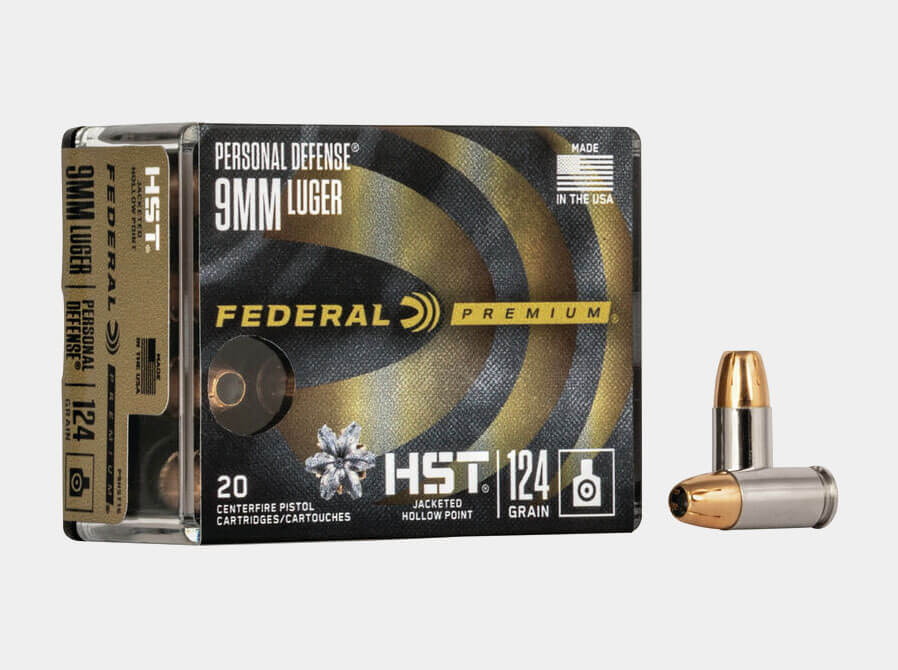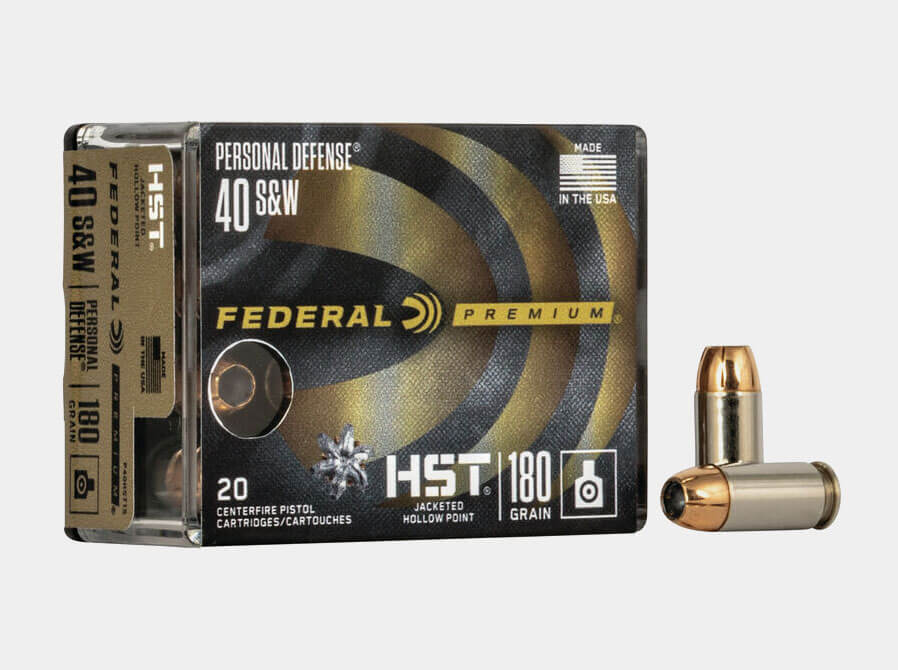Is the .40 Dead?
December 13th, 2019
6 minute read
The .40 died before it was born. That’s a rotten way to start a fulfilling life, but there you have it.
Thanks to a shortsighted, bean-counting corporate management team way back in 1978, the .40 B&S, the predecessor to what we now know as the .40, was denied production resources. The wildcat cartridge development effort had been advanced during lunches and after hours as a labor of love and was ready for its debut, pending management buy-in. Even though the test cartridges and pistols showed promise, leadership ixnayed the idea and what we now know as the .40 lay commercially dormant until 1990.
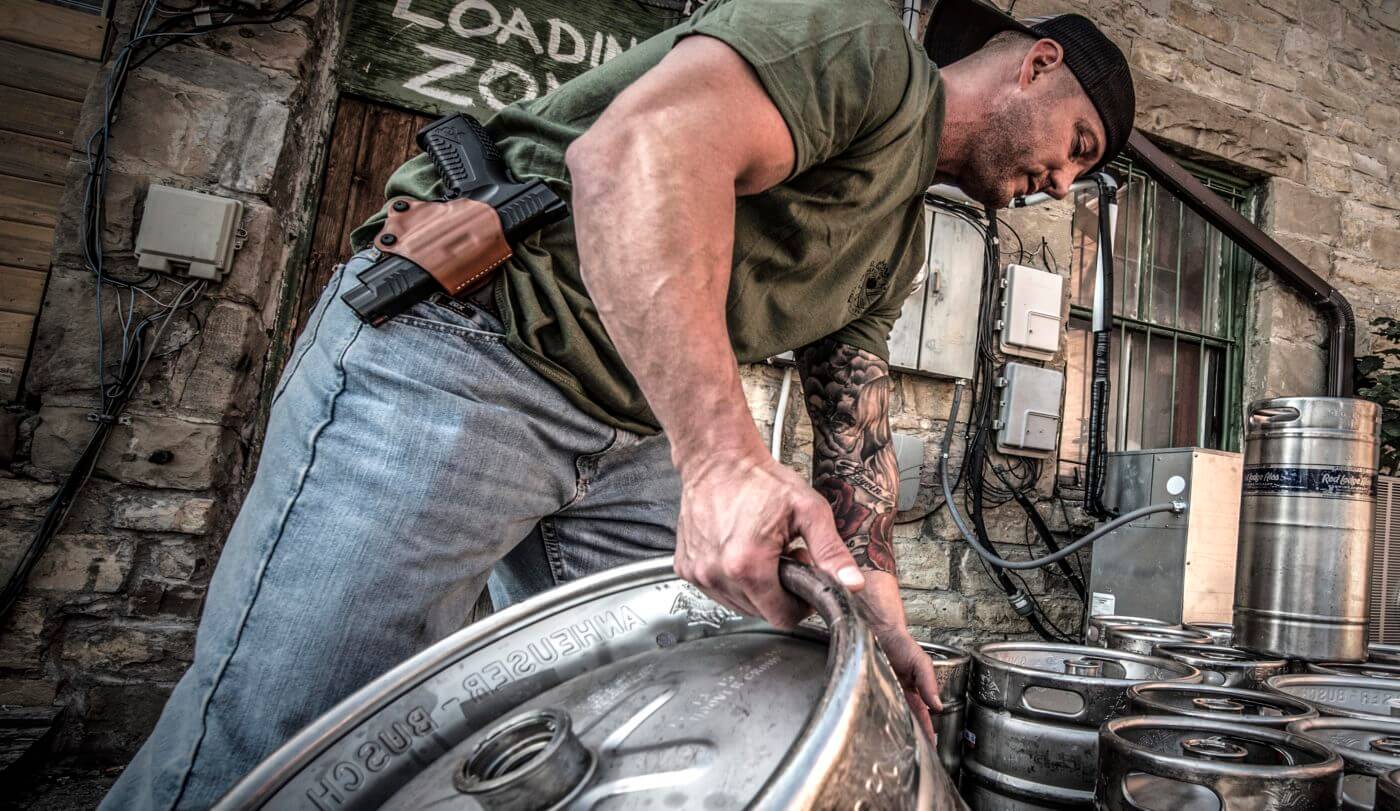
Once it was commercially launched, the cartridge took off and blasted into the stratosphere. Offering a bigger hole and heavier bullet than a 9mm, and more capacity than a .45 ACP, it seemed to provide the balance law enforcement agencies were looking for. More stopping power than the 9mm and more capacity than the venerable 1911. Great, right?
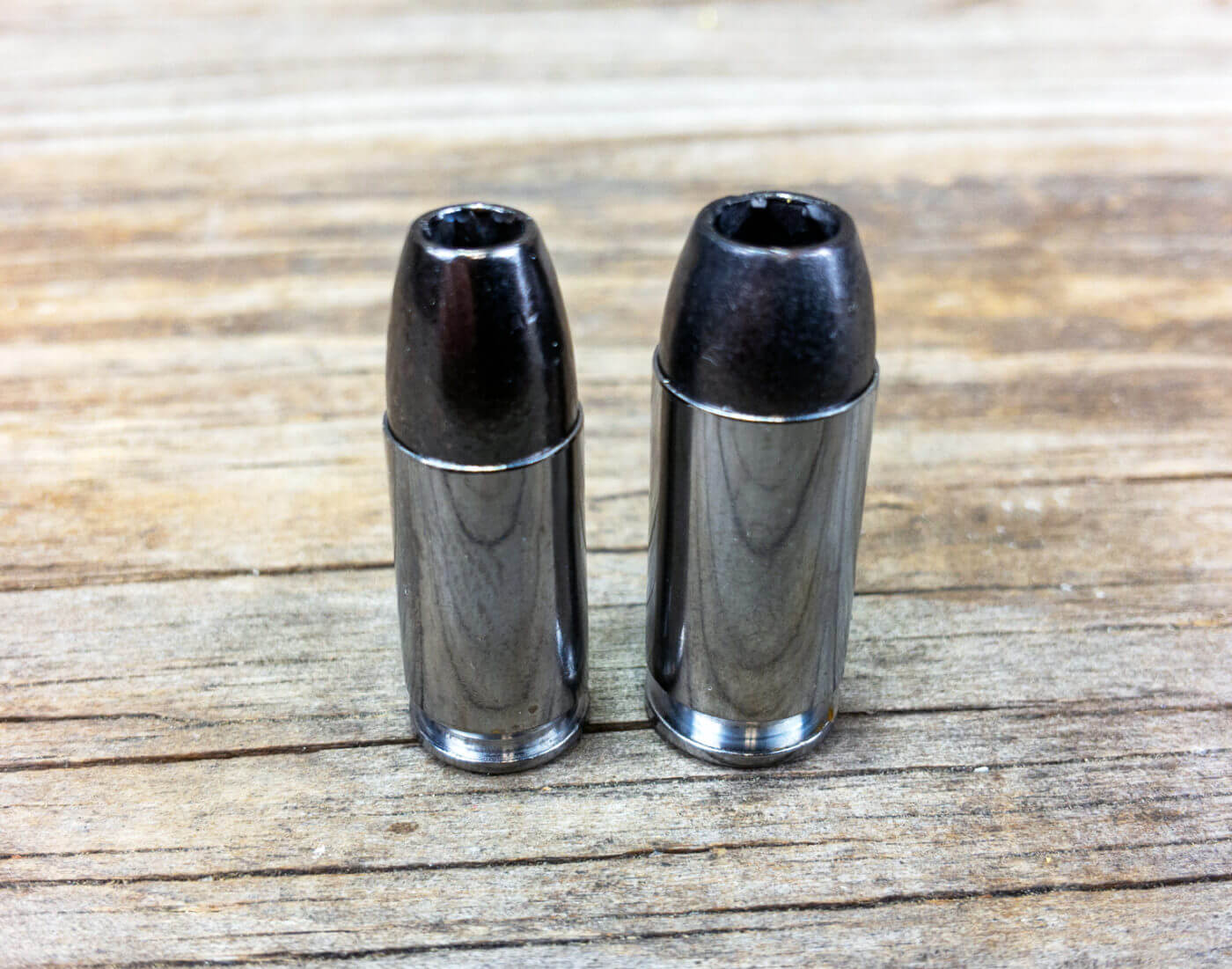
And it was widely adopted by law enforcement agencies across the country, with the civilian market following close behind. Of course, as with any cartridge, some in the gun community frowned upon the .40 as a lame compromise. Of course, no one who criticized it would want to be shot with one…
Is Less, More?
Anyway, fast forward to the present, and it seems like everyone is running in the opposite direction. All manner of law enforcement agencies and other tactical Delta Ninja Seal Mutant Turtle types are gushing about the virtues of the 9mm. Lots of notable agencies are switching from .40 to 9mm: The FBI, the LAPD, the Secret Service, and according to sources, Girl Scout Troop 439. The proof is in the pudding, right?
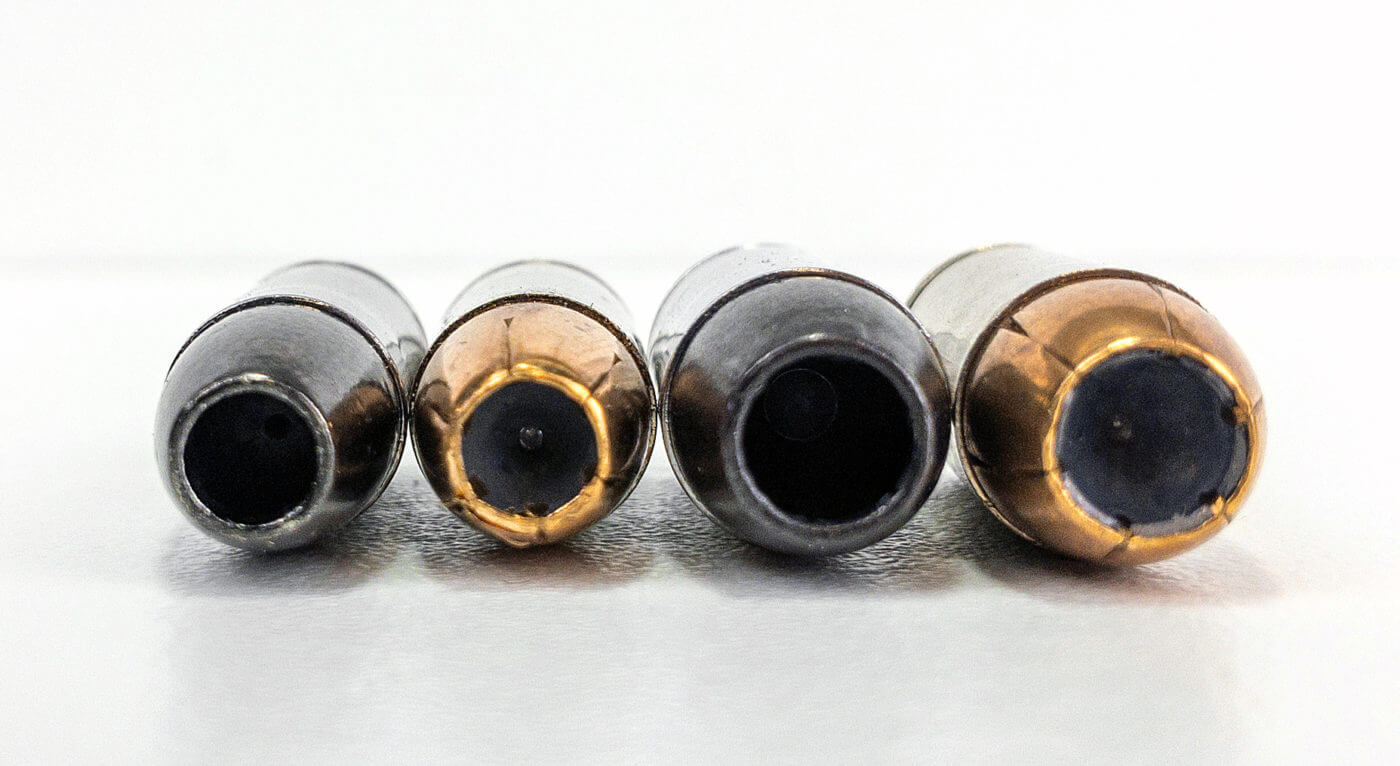
Why? Modern ammo design has given us bullets that penetrate and expand reliably, thereby doing their intended job with predictability. Defensive bullets have to penetrate to adequate depths to perform their incapacitation function. Ideally, they’ll also expand in the process, again for the purpose of stopping threats as quickly as possible. While there are infinity trillion variables at play, 9mm, .40, and .45 ACP premium cartridges all perform those functions reliably. Make sure you check out Yamil Sued’s article on .45 ammunition for compact 1911 pistols if that’s your go-to handgun.
Do .40 and .45 make bigger holes? Yes. Does actual data from decades of use show statistically significant differences in metrics like one-shot-stops and shots to incapacitate? No. In fact, all three calibers perform almost identically. Apparently, the real world doesn’t pay attention to tropes like “Because shooting twice is silly.”
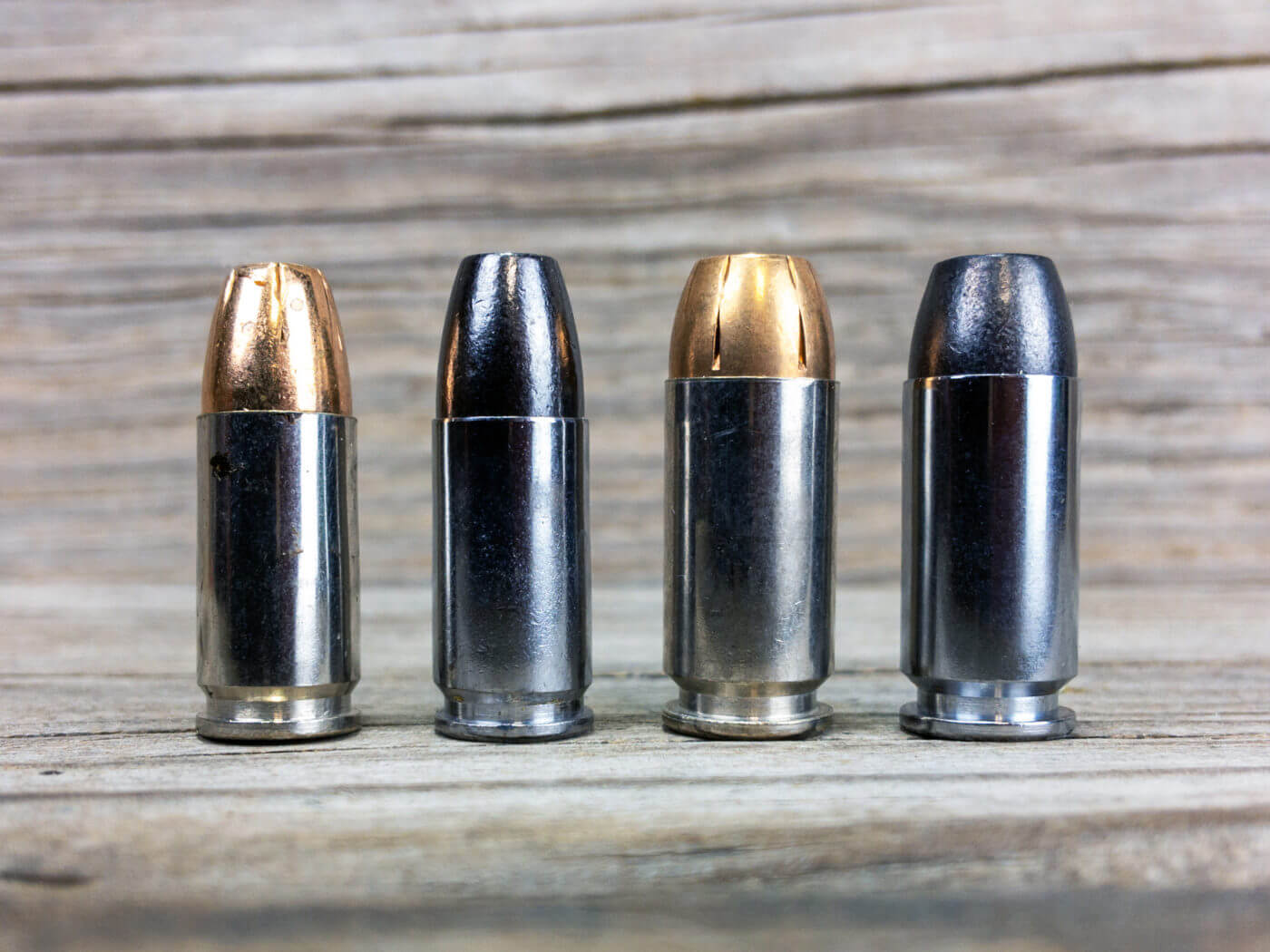
If real-world street performance is roughly equal between the 9mm and .40, then why the big switch? For starters, the 9mm with its smaller cartridge diameter allows one to stuff more ammo into a gun magazine of similar size. And then there’s the recoil and ease of shooting factor. With less pain and muzzle flip, many people can shoot more effectively with a 9mm than the more powerful .40.
But is the .40 really dead? Consider some real data to explore the topic. You know, science and math.
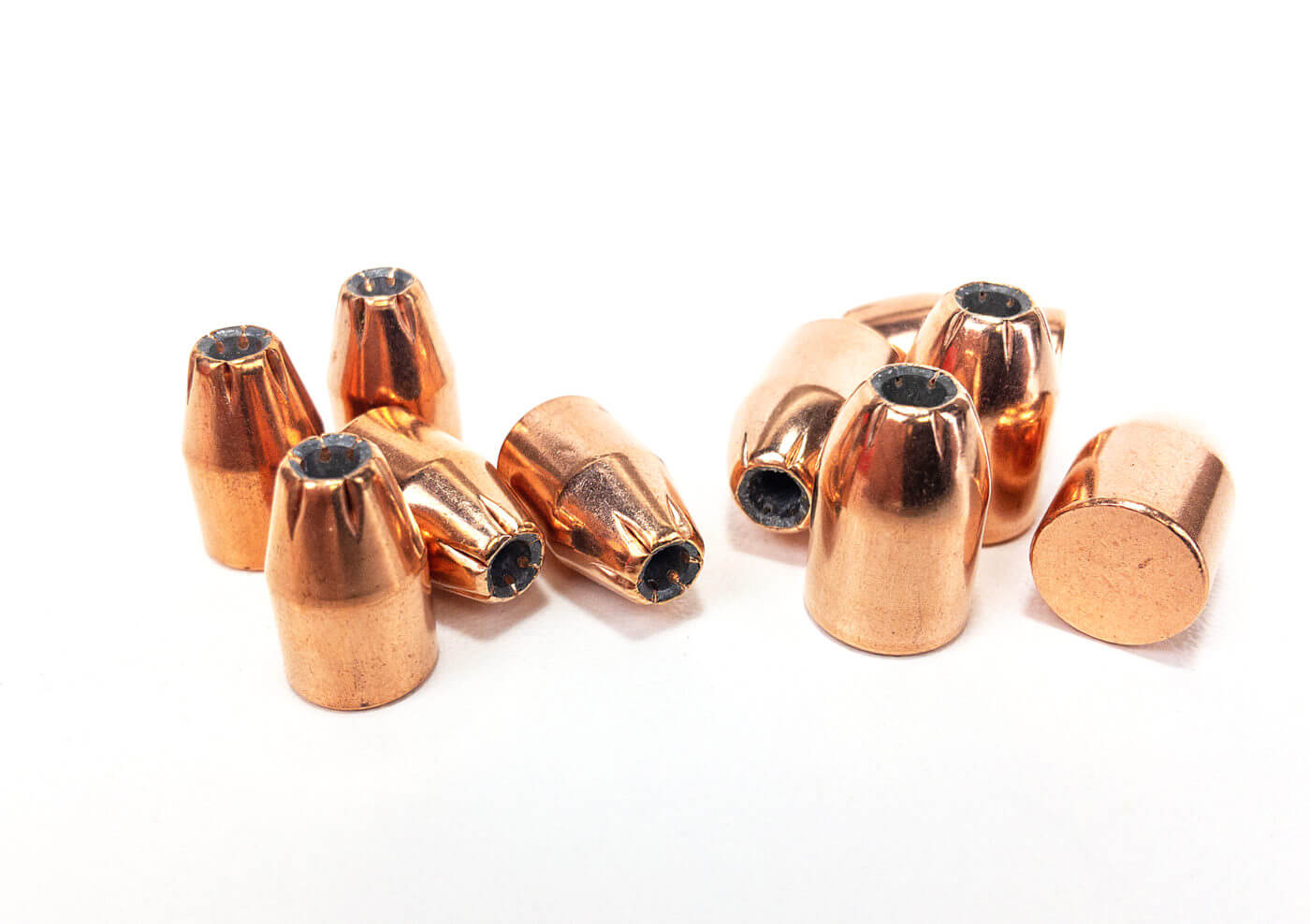
Going Back to School
Let’s start with power. I prefer to consider two dimensions of “oomph” when looking at a cartridge: kinetic energy (foot-pounds) and momentum. Kinetic energy reflects destructive power. Think about a power drill as having lots of kinetic energy. Momentum describes the ability of one object to whack and move another. Think wrecking ball. The classic foot-pounds number is undoubtedly useful, but it does emphasize velocity in the math, so fast-moving bullets will appear more “powerful” than slower-moving ones because there’s less emphasis on bullet weight. Momentum calculations, communicated as pounds-feet per second, weigh bullet weight and velocity more equally.
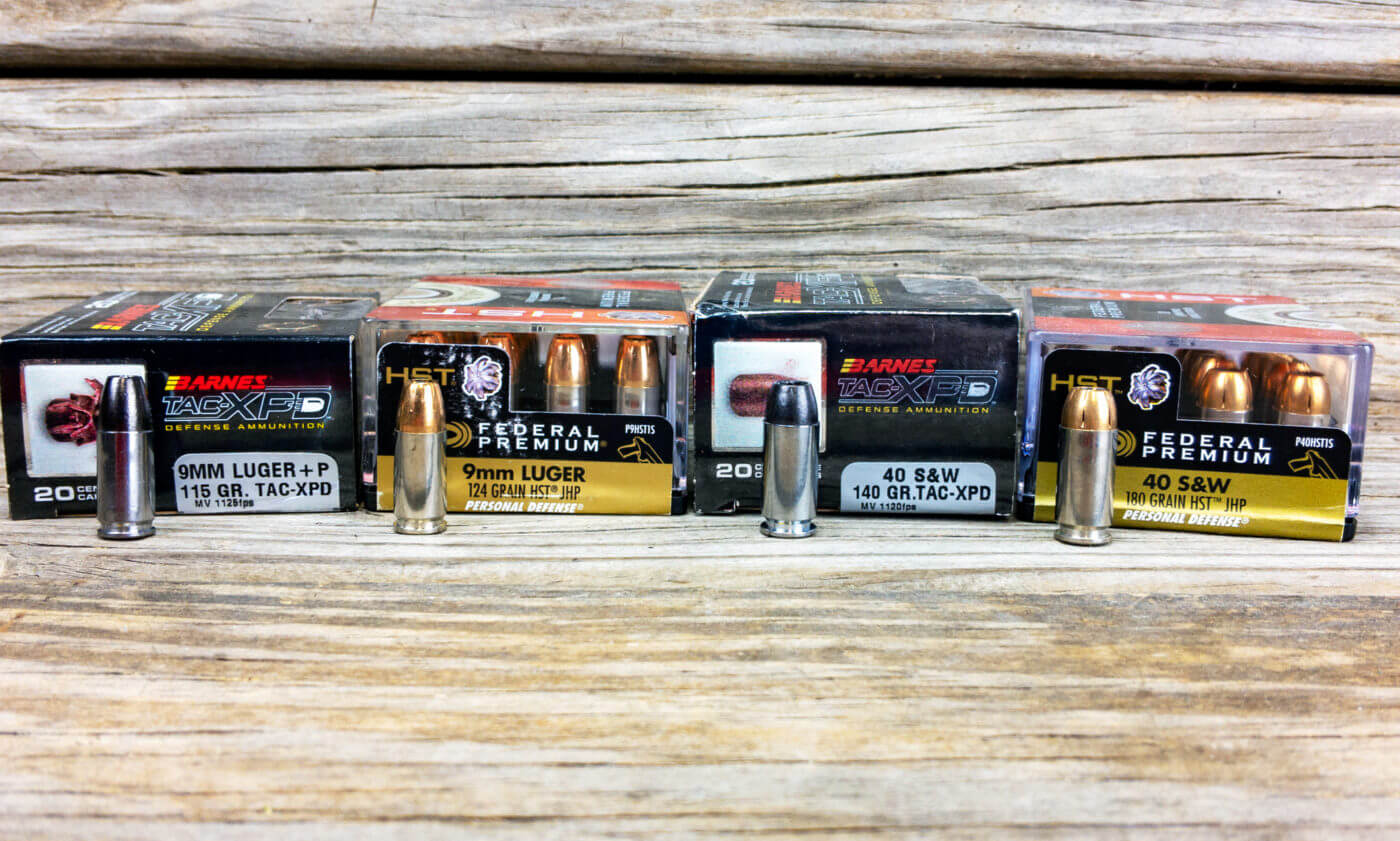
Let’s take a look at two options for both 9mm and .40 cartridges: a “standard” load and a faster, light-for-caliber load. To keep things simple, we’ll consider the Barnes TAC-XPD all-copper loads, which are generally on the lighter side, and standard weight Federal HSTs.

No big surprise here. As most would guess, the .40 delivers more energy to the target than the 9mm. Does that matter? Maybe. Maybe not.
Note that there are other all copper 9mm rounds on the market like the 9mm Norma MHP load that uses a solid, machined bullet. These are substantially different concepts and are not included here for ease of comparison.
What about recoil? Recoil energy is one way to partially quantify what you feel in the hand when you press the trigger, so we can look at that. What’s tougher to put into simple numerical comparisons is the velocity curve of recoil, or how quickly the impulse hits you. Think about the difference between a cap and ball revolver and a modern pistol. The former is more of a slow push, while the latter has a snappy sensation.
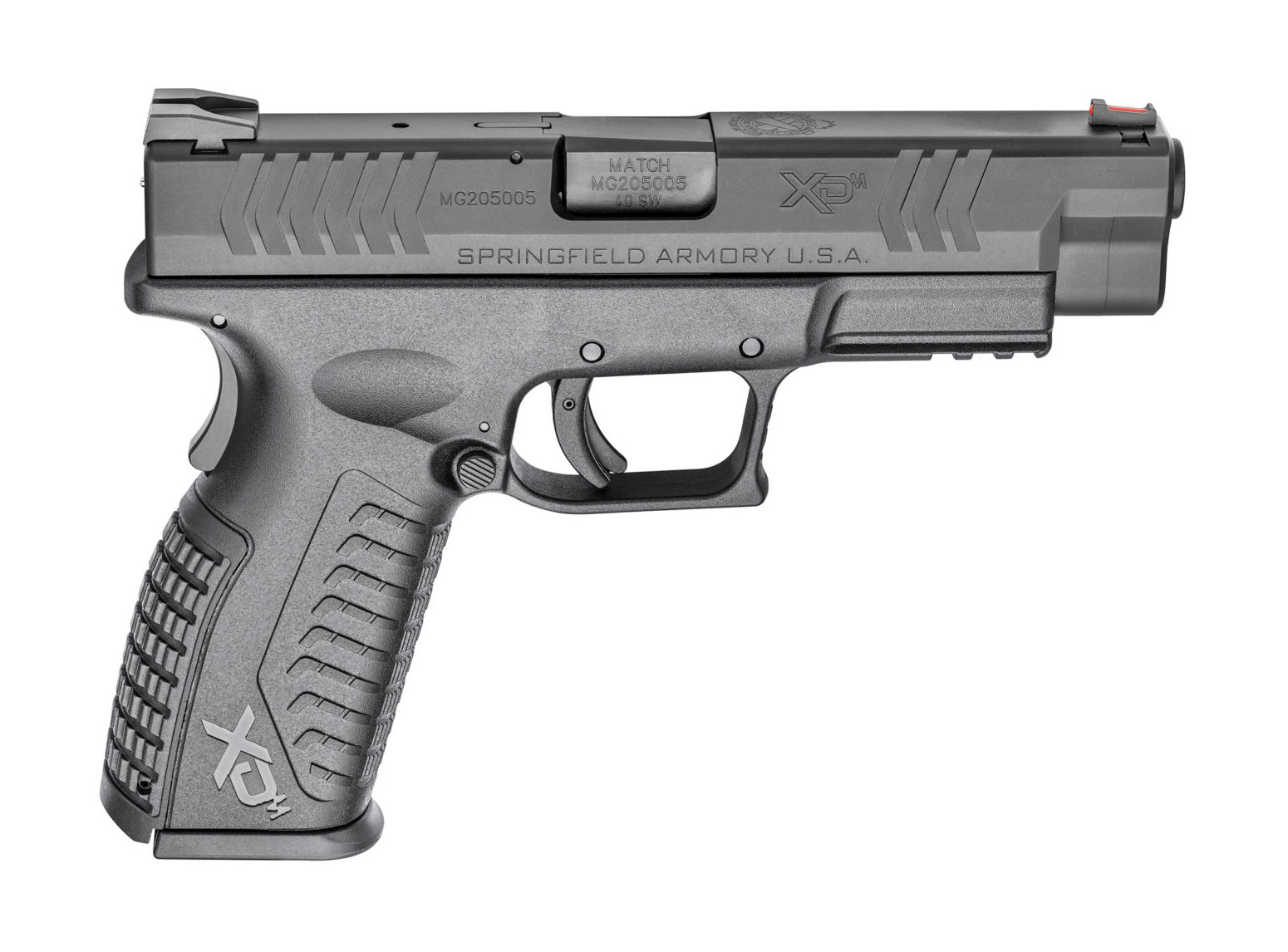
Here’s how the recoil energy numbers shake out for the same cartridges. Since gun weight is an input factor, we’ll assume that we’re shooting a Springfield Armory XD-M full-size pistol. The 9mm weighs 29 ounces empty while the .40 tips the scales at 30.

Where It Counts
And herein lies the big reason that so many people are switching to 9mm. Recoil. For the “standard” 124- and 180-gr. loads of 9mm and .40, you’ll pay a 50 percent recoil energy tax if you choose the four bore — assuming you’re shooting guns of similar weight. Is that a bad thing? Not at all. If it’s your gun, and you train with it to the point of being able to tame that beast, knock yourself out!
After all, the reason that agencies switch from .40 to 9mm isn’t because no one can handle the recoil, it’s because more people can manage 9mm more easily. And it’s not like you don’t get anything in return. That investment in recoil buys you about a 12 percent increase in kinetic energy and a 27 percent increase in momentum, again for the standard weight bullets.
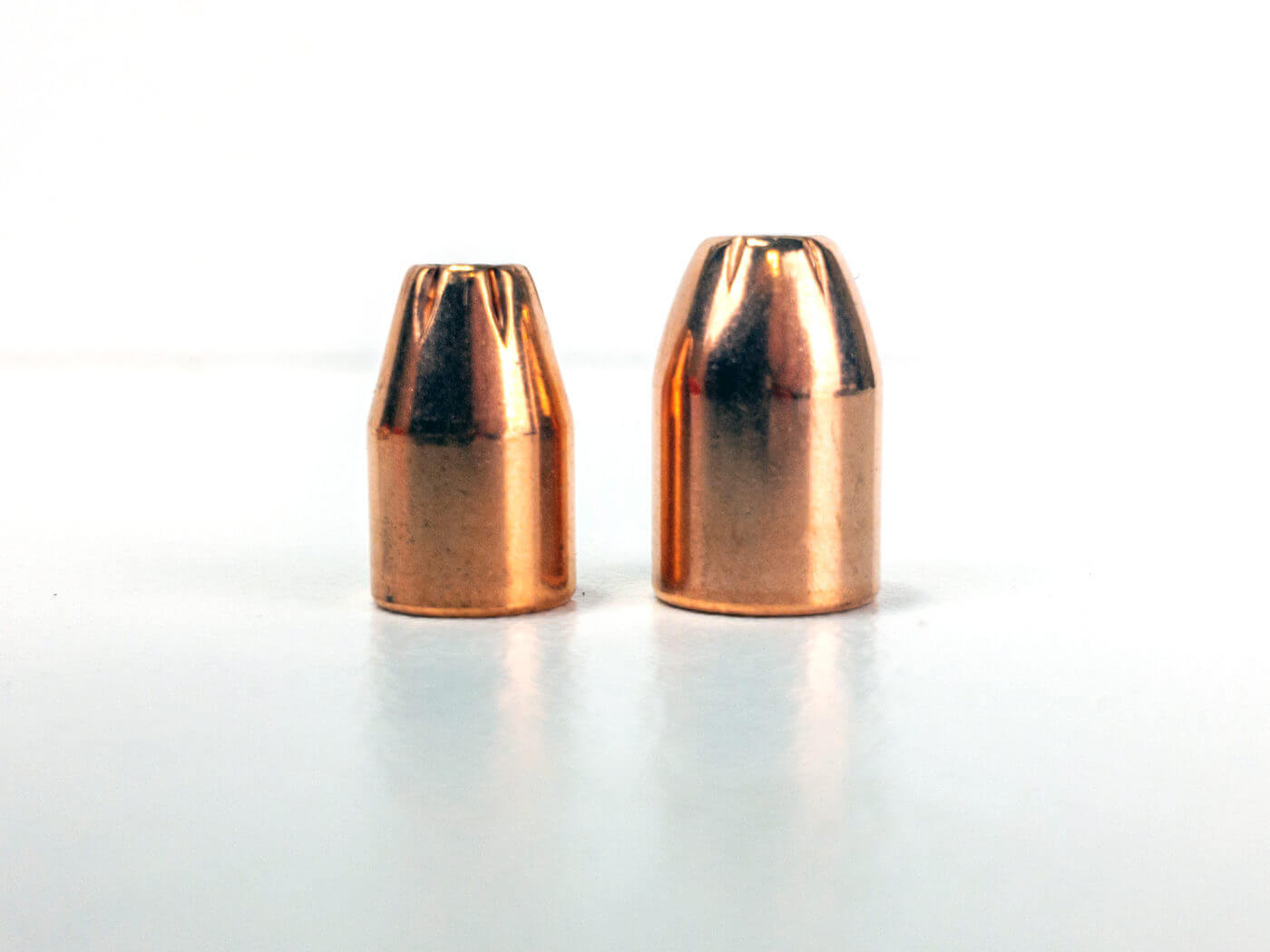
So, what’s right for you? What is the best caliber for self defense? Choose the caliber that makes you feel all gooey inside. As long as you can control it, there’s nothing wrong with going with a bigger bore. Just don’t default to larger cartridges because someone says you have to. The 9mm does similar, but not identical, things with less recoil. But I still like it. Pick which one you like. Hate on the other. Or, just own both!
Join the Discussion
Featured in this article
Continue Reading
Did you enjoy this article?

 440
440




